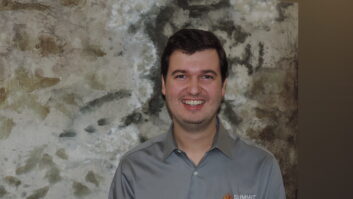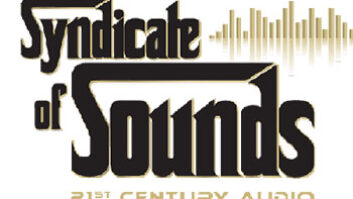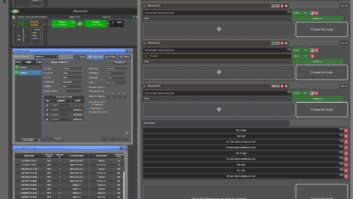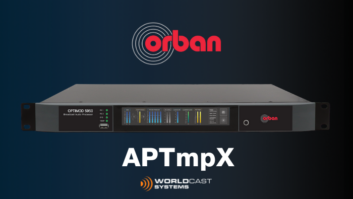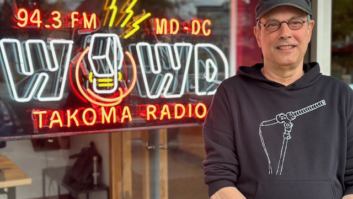A Radio World ebook recently explored trends in codecs and STLs. This interview is excerpted from that, which you can read here.
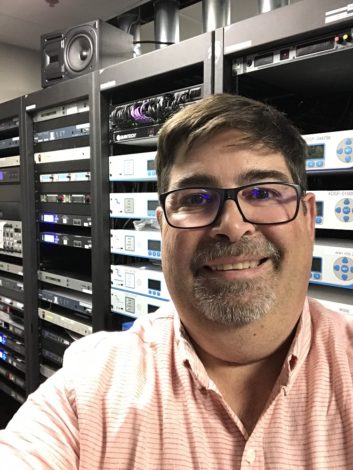
Eric J. Fitch is director of technical operations for Entercom New England. He has been a broadcast engineer for 35 years, working in Syracuse, Albany and Boston. Today he is responsible for 14 stations in five markets.
Radio World: What’s the most important trend in codecs?
Eric Fitch: Redundancy, backup and failover.
With more facilities being managed by fewer people, there is a huge need for systems to be able to recover from outages without human intervention.
Remote access via a web GUI, as well as having logging, SNMP and e-mail capabilities are critical for managing equipment at remote locations.
RW: How are these technologies helping you solve practical problems?
Fitch: We are able to connect our studios in Boston, Providence, Springfield and Worcester to their associated transmitter sites and the Westwood One Satellite NOC in Denver, which uplinks the WEEI Sports Radio Network and the Red Sox Radio Network, via GatesAir IPL-200 Audio over IP systems.
Our GatesAir IPL-200 systems have replaced our Intraplex T-1 STL systems. Each site has three ISPs to provide triple redundant paths for the audio streams.
We have a fiber-based MPLS system as the primary connection to each location. That is backed up by a wireless internet connection at the studio and cable modems at transmitter sites. We have a third connection to each ISP via our business network on a second fiber network from the studio.
The IPL-200 is able to have three separate audio streams that can failover if one or two of the streams drops, keeping the station on the air, while notifying us via e-mail or SNMP that there is a fault. The system has an optional redundant power supply, which is great if and when the UPS fails.
The ability to access all 28 nodes of the IPL-200 on our network from work or home makes configuring and troubleshooting a breeze. We can see when an ISP has a failure at any of our sites because there are multiple ways to log into the codec.
RW: What role are codecs playing in the new normal of at-home broadcasting?
Fitch: We are lucky that high-speed internet is available in most people’s homes. Just 10 years ago we were struggling with DSL and 56 kb dialup modems.
Now with cable modems and fiber service, we sometimes have better internet connectivity at our homes than we have at our studios and transmitter sites. The connections are so good that our listeners don’t notice that the hosts are doing the shows from home.
Consoles that are capable of doing multiple mix-minus feeds have been invaluable. We have been able to keep our staff healthy and sounding great on the air.
RW: What functions and features are being offered that engineers who haven’t bought a codec in awhile should know about?
Fitch: The ability to use multiple internet connections to back up the codec’s connection. The codec can use error correction and buffering to make sure that lost packets are recovered, which is a great asset. A cable modem can be backed up with a wireless hotspot to ensure a stable connection. The ability to remotely control the codec in the field from the studio and have the codec email if there is a problem.
RW: How many ways are there of making connections?
Fitch: We use whatever connection that is available to us: FIOS, cable modems, private MPLS networks, public and private WiFi and Plum cases that bond two cellular carriers.
RW: How have AoIP technology developments been reflected in codecs?
Fitch: Since we have 15 of our show hosts broadcasting from home due to COVID-19, ease of use and control is the most important function that I have seen. We have to make sure that the codecs are as simple as possible to set up and operate.
Three of our morning shows each have three co-hosts connecting to the studio before 6 a.m. That is nine simultaneous remotes using Comrex Access codecs. Having one-button pre-programmed connections is a necessity to make sure everyone can connect themselves.
We use Comrex Fleet Commander and Comrex Switchboard to monitor and connect all of the codecs that our hosts are using from home. We can see the quality of the connection and make changes on one app, so we don’t have to login to multiple codecs to check connectivity issues.
Newer consoles are able to provide multiple mix-minus feeds so multiple hosts and phone callers can all be on the air simultaneously. We used to struggle with one remote and one caller, now we do three remotes and two callers without batting an eye. No echo or “I can’t hear you” complaints any longer.
The board can be set up by anyone, since the mix-minus in done by the consoles automatically.





